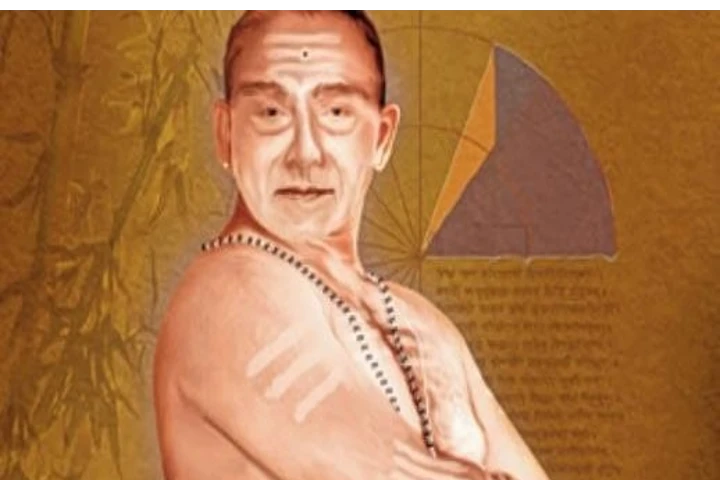It is rather ironic that one of India’s greatest mathematicians, Sangamagrama Madhavan is hardly known and studied in his country. This 14-century genius who was also an astronomer, has solved several theoretical puzzles and drawn attention of scholars abroad and appreciated.
This is going to change as Kerala’s St. Joseph’s College located in Irinjalakuda is on a mission through its Manuscript Research and Preservation Centre to find out and document details about the life and works of Madhavan. The Centre works under the Department of Malayalam of the college.
Interestingly, this mathematician lived in Kallettumkara in Thrissur district of the State.
Litty Chacko, HoD, Malayalam Department has been working on this project since 2012. Talking to the media, Chacko said that when the department started working on the preservation of manuscripts in the college, they came across ancient palm leaves on which Madhavan had written. Even though on reading his verses, they may seem like poetry but there is more to it in the Sanskrit verses.
She told New Indian Express: “When one delves deep into the meaning of the Sanskrit verses, it can be understood that those verses are highly complex theories in mathematics.”
The research work done by the students on a book written by Madhavan — “Lagnaprakarana” – during their preservation project has received international recognition as it was published by the British Public Library.
So far, the only published work of Madhavan is “Venvaroha” which came into being due to the efforts of K.V. Sarma, a scientist. With the team led by Chacko managing to get hold of some chapters of “Lagnaprakarana” and other works in their original form, the Centre is planning to print and publish them. This, according to her, will help in preserving the memories of the legend.
Madhavan, born in 1340 in the kingdom of Cochin, is considered the founder of the Kerala school of astronomy and mathematics. He is known to have made pioneering contributions in the study of trigonometry, calculus, geometry, algebra and infinite series. Use of infinite series approximations for a range of trigonometric functions is attributed to him.
Also read: Cambridge University’s Indian PhD student cracks ancient Sanskrit grammar code




















